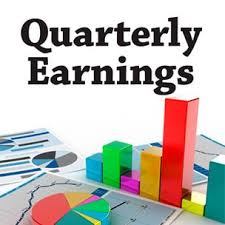For economists, stock prices are considered to be a Leading Indicator, meaning that if stock price movements are bullish, this tends to bode well for the (short-term) future of the economy, and vice versa. This status as a leading indicator is bearing out during this current quarterly earning cycle, as can be witnessed by how stocks have been moving after earnings announcements. Whereas during the 1st and 2nd quarter earnings season stocks tended to go up upon reporting an earnings “beat”, during the 3rd quarter stocks have been getting hit even if a “beat” was reported because investors are concerned that future earnings won’t be as robust.

3rd Quarter Earnings
Here during November, we are in the midst of companies reporting their (calendar) 3rd Quarter earnings. According to FactSet, as of October 26, 2018, “77% of S&P 500 companies have reported a positive earnings surprise and 59% have reported a positive sales surprise.” That sounds good. However, what has happened in the stock market? The S&P 500 went down 6.9% during October. Doesn’t seem to match with the level of positive earnings surprise, does it? Contrast that with July, the first month after 2nd Quarter earnings: The S&P 500 gained over 3% during July 2018. Why was October so bad when July was so good? Because investors are now more pessimistic about future corporate earnings potential.
The Future
This is why stock prices are a leading indicator: because investors (in general) look to future earnings, not past earnings. Past earnings are a great way to gain an understanding for how well the company is managed, but if you are looking at buying today, it is the future you should be concerned with. Stock prices, it is said, are a discounted present value of future cash flows. If investors think the future outlook is about to change, they will (collectively) hammer the stock by selling it and hoping whoever buys it has a rosier outlook for the future of the company.
IMO
While it is nice to hear how well companies did last quarter when they report earnings, it is also perhaps more important to understand what these same companies are saying about their future prospects. Institutional big-money investors certainly are paying attention, as are stock analysts. In this information age, the ramifications for a downgrade of the future outlook can be rapid and devastating.
